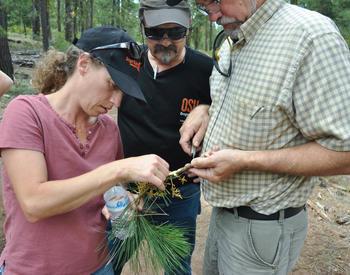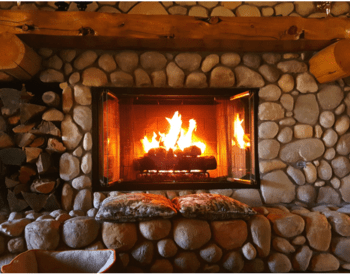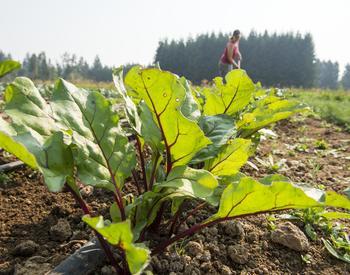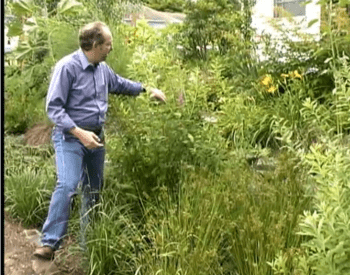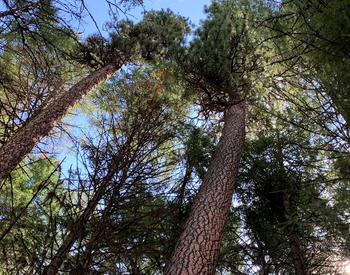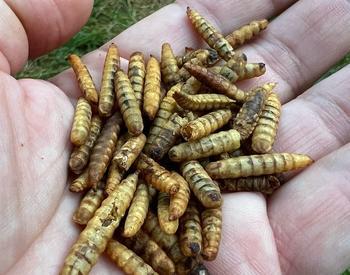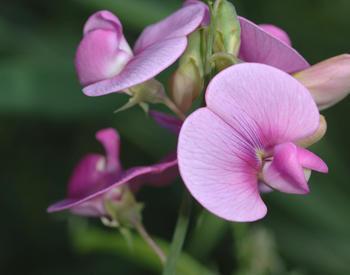We have a large walnut tree and would like to compost the leaves for our vegetable garden. I have read conflicting reports about the ability of composting to break down the toxin juglone. Is it safe to compost these leaves?
Yes, you can apply compost made with black walnut leaves to your vegetable garden. Transmission of juglone into the soil through the roots is of the greatest concern, so consider the distance between the tree and your vegetable garden. Walnut leaves have the highest juglone content in the spring. Although they still contain this troublesome compound in the fall, it is less.
The following fact sheet has additional information about juglone in walnut trees and a list of plants especially sensitive to being planted near black walnuts. There are also suggestions regarding vegetable gardening near walnuts.
Compost management
Juglone will break down in a well-managed compost pile. Let's review some tips for good compost management:
- Avoid a lack of water: The number one reason home compost piles fail is not enough water.
- Avoid too much water: Despite the point above, too much water can be a problem at this time of year in our climate. Whatever type of compost system you use, you must keep your compost covered. If you're composting an open pile on the ground, use a weighted tarp. Water-filled milk jugs are fine, as are bricks, stones, etc.
- Including a diverse group of plant materials: This means adding materials besides the walnut leaves. These materials can include all kinds of yard debris and spoiled hay or whatever you have on hand. Depending on the raccoon, possum and rodent population, include kitchen waste, grass clippings and manures of animals with compound stomachs.
- High nitrogen content: Compost that heats up will best break down juglone, and nitrogen is essential for the compost to heat up. The manures mentioned above are great sources of nitrogen. Be aware that nitrogen is highly soluble in water, and the Pacific Northwest has an abundance of moisture. The compost pile is a good place to use up bagged fertilizer that has weathered in the shed or garage, and these must be dissolved in water before pouring into the compost.
My personal favorite nitrogen source is alfalfa pellets. I would add about 2 cups per 3-5 inches of walnut leaves in a plastic composter. These, too, require just a bit of water to begin the decomposition process.
Thanks for reaching out to OSU Extension, and best of luck with your composting endeavors!
